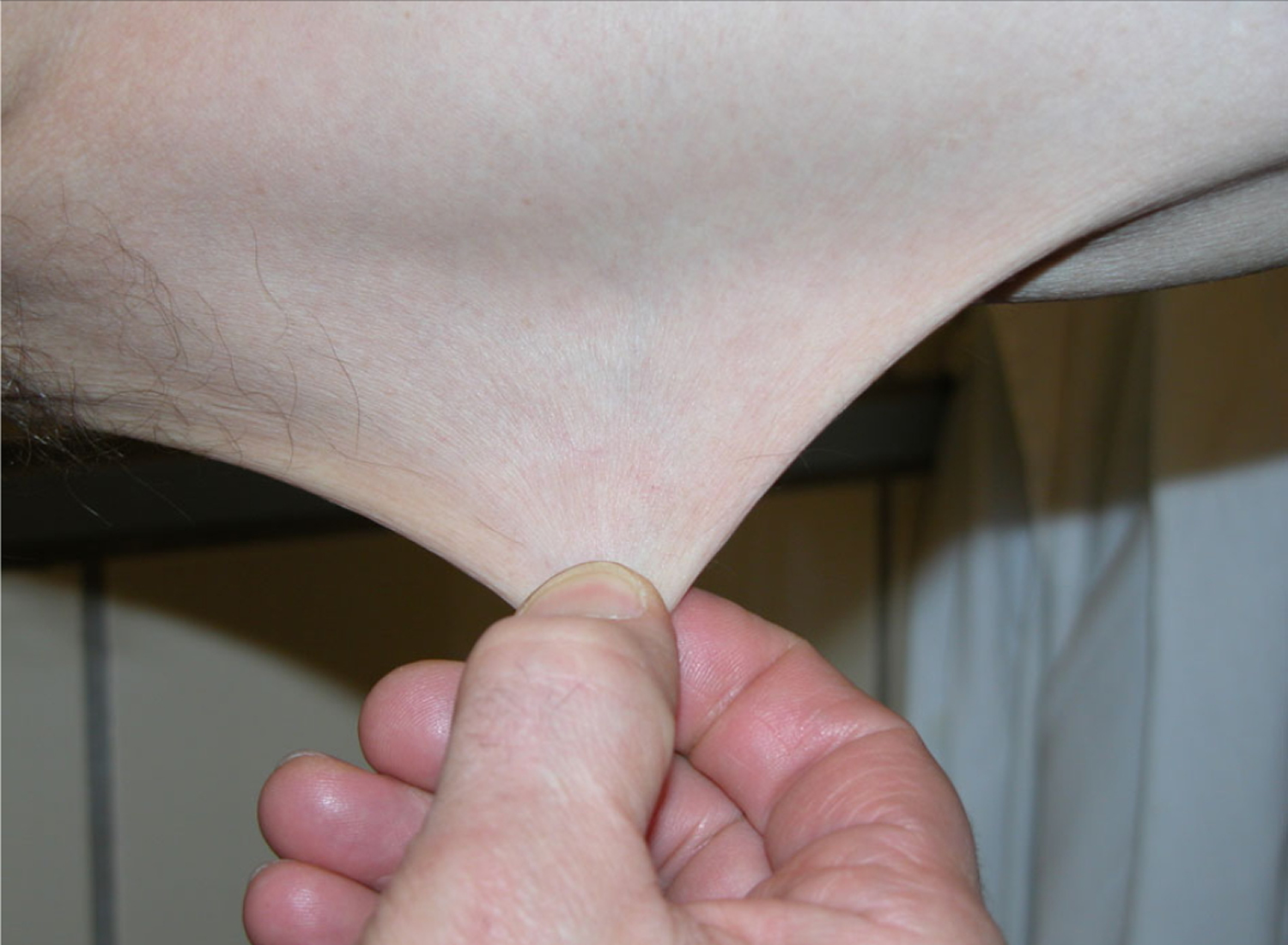Makindo Medical Notes"One small step for man, one large step for Makindo" |
|
|---|---|
| Download all this content in the Apps now Android App and Apple iPhone/Pad App | |
| MEDICAL DISCLAIMER: The contents are under continuing development and improvements and despite all efforts may contain errors of omission or fact. This is not to be used for the assessment, diagnosis, or management of patients. It should not be regarded as medical advice by healthcare workers or laypeople. It is for educational purposes only. Please adhere to your local protocols. Use the BNF for drug information. If you are unwell please seek urgent healthcare advice. If you do not accept this then please do not use the website. Makindo Ltd. |
Ehlers-Danlos syndromes
-
| About | Anaesthetics and Critical Care | Anatomy | Biochemistry | Cardiology | Clinical Cases | CompSci | Crib | Dermatology | Differentials | Drugs | ENT | Electrocardiogram | Embryology | Emergency Medicine | Endocrinology | Ethics | Foundation Doctors | Gastroenterology | General Information | General Practice | Genetics | Geriatric Medicine | Guidelines | Haematology | Hepatology | Immunology | Infectious Diseases | Infographic | Investigations | Lists | Microbiology | Miscellaneous | Nephrology | Neuroanatomy | Neurology | Nutrition | OSCE | Obstetrics Gynaecology | Oncology | Ophthalmology | Oral Medicine and Dentistry | Paediatrics | Palliative | Pathology | Pharmacology | Physiology | Procedures | Psychiatry | Radiology | Respiratory | Resuscitation | Rheumatology | Statistics and Research | Stroke | Surgery | Toxicology | Trauma and Orthopaedics | Twitter | Urology
Related Subjects:
|Autosomal Dominant
|Autosomal Recessive
|X Linked Recessive
🌟 Ehlers-Danlos Syndromes (EDS) are a group of inherited connective tissue disorders caused by defects in collagen synthesis and structure. Collagen is the scaffolding protein of skin, joints, vessels, and organs—so when it is faulty, the entire support system of the body is weakened.
Common hallmarks include 🤸 joint hypermobility, 🧵 skin hyperextensibility, and 💥 tissue fragility, but the specific presentation varies across subtypes.
There are 13 recognized subtypes; the most important exam-relevant ones include:
📖 About
🧬 Aetiology
🔎 Types of Ehlers-Danlos Syndromes


🩺 Clinical Features
🧾 Differentials
🧪 Investigations
💊 Management
📌 Clinical Pearls